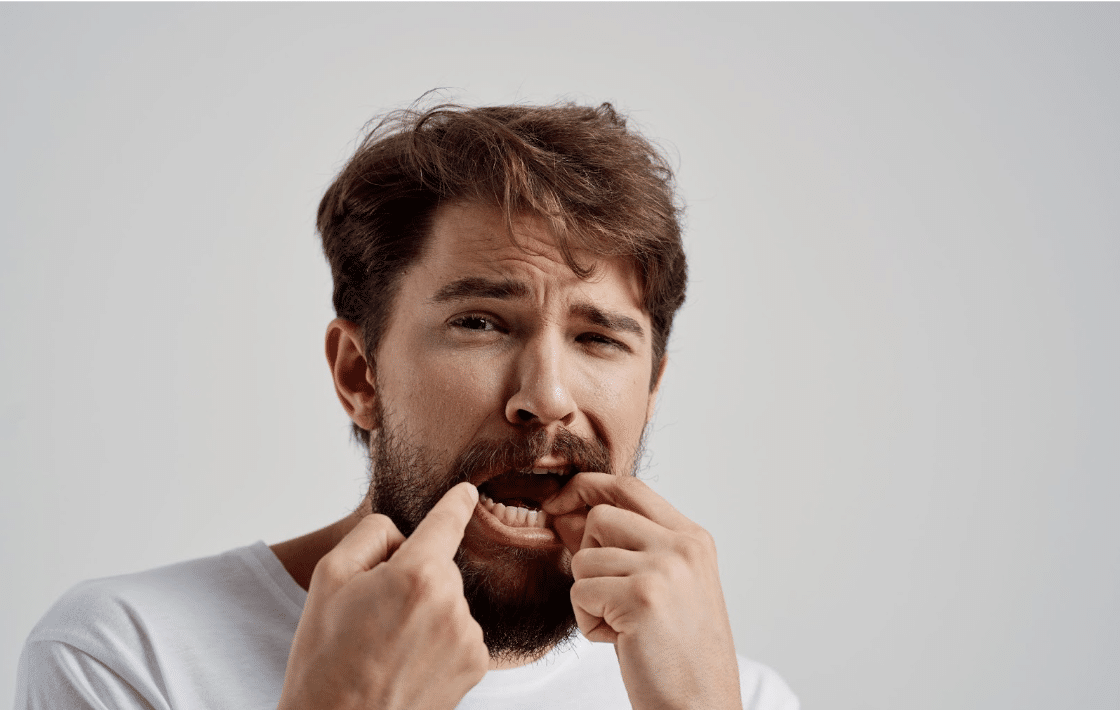Common Causes of Broken Brackets for Braces: How to Handle—and Prevent—Bracket Breaks
When it comes to orthodontics, the fight against dental imperfections can often bring unexpected battles of its own, like when you find a broken bracket in your braces, between all the wires and rubber bands.
For those with braces, avoiding this scenario can feel like an endless quest, but the keys to preventing these breakages might be closer—and simpler—than you think. Let’s explore the typical missteps that lead to broken brackets for braces and the practical measures you can take to safeguard your dental investment.
The Science Behind Braces and Their Components
Before we tackle the causes of broken brackets, it’s important to understand what they are and how they work. Braces comprise several main parts, including the brackets (the small squares that are bonded directly to your teeth), the archwires (which connect all the brackets and apply pressure to your teeth), o-rings or bands (used to hold the archwires in place), and, in some cases, spacers or rubber bands.
The primary goal of braces is to slowly shift your teeth into the correct position over time through the application of consistent pressure. To do this effectively, all components must work in harmony—hence the anguish that comes with any part failing or breaking.
Common Culprits of Bracket Breakage
Dietary Dilemmas
Certain foods pose a direct threat to the integrity of your braces. Hard and sticky foods, like nuts, popcorn, and candy, can easily dislodge or break a bracket. In some cases, biting into something too hard can cause a bracket to detach entirely from the tooth. This is why orthodontists often provide lists of “braces-friendly” foods to help guide your choices.
Old Habits Die Hard
Our daily habits, especially those related to oral care, can inadvertently put excess strain on our braces. Chewing on pencils or pens, biting your nails, or using your teeth as tools—while generally discouraged for the sake of your teeth—become even riskier behaviors with braces. The force applied through these habits can easily lead to a broken bracket.
Sporting Accidents
Participating in contact sports without a mouthguard can dramatically increase the risk of braces damage. A swift hit to the face, even if the blow isn’t enough to cause a concussion, can cause brackets to snap. Mouthguards add an extra layer of protection, helping to ensure you’re not spending your post-game celebrations in an orthodontic emergency.
Forgetfulness or Neglect
Keeping up with your orthodontic care routine is integral to your braces’ health. Missing appointments for adjustments can lead to wires that are too tight or too loose, which can in turn cause brackets to fail. Additionally, neglecting to wear elastic bands as prescribed for bite correction can result in uneven pressure on your brackets, leading to breaks.
Immediate Steps After a Bracket Breaks
The moment you realize a bracket has broken or become loose, some immediate actions can help mitigate the situation:
Assessment and Temporary Measures
First, assess the damage. If the bracket remains attached to the wire but is out of place, try to slide it back to its position using a sterile tweezer. Wax provided by your orthodontist can be applied over the bracket to cover any sharp edges until your appointment.
Contact Your Orthodontist
Inform your orthodontist as soon as possible, as early intervention is crucial to prevent delayed progress in your treatment or potential discomfort. When you arrive at your orthodontist’s office for your appointment, your treatment will depend on your specific situation and needs. Your orthodontist might replace the broken bracket or adjust your treatment plan slightly to account for the time lost due to the bracket failure.
Oral Hygiene
Maintain oral hygiene meticulously to ensure no additional stress is placed on the remaining braces or gums. Use a soft-bristled toothbrush and be gentle around the damaged area to avoid further breakage.
Long-term Solutions and Adjustments
Experiencing a broken brace bracket, while common, can be an unsettling part of the orthodontic journey. While this issue may cause momentary anxiety, it’s important to remember it’s a manageable situation with quick action, the right techniques, and appropriate long-term solutions moving forward.
Matching the Right Materials to the Individual
Innovations in orthodontic materials, such as ceramic brackets or more resilient adhesives, are continually being developed to enhance the patient experience and treatment outcomes. In fact, the Journal of Clinical Orthodontics suggests that newer adhesive materials have significantly reduced the rate of bracket failures, attributing to a more efficient treatment process (Johnson, 2020). At Advanced Orthodontic Specialists, our orthodontic team considers several factors when selecting materials for your braces, including your lifestyle, activities, and even dietary habits.
Routine Is Key
Stick to your scheduled orthodontic appointments for adjustments and follow-up care. This regular maintenance ensures that your braces are in good working order, with appropriate wire tension and bracket placement. Also, if you’re given elastics to wear, wear them consistently as prescribed to minimize the risk of uneven pressure and damage.
While the fear of broken braces brackets may linger in the back of your mind, it’s important to approach orthodontic care with both responsibility and resilience. With an understanding of the potential causes behind bracket breaks and a commitment to practicing preventive measures, you can reduce the likelihood of encountering this all-too-common orthodontic annoyance.
Remember, the expert team at Advanced Orthodontic Specialists is here to support you, so don’t hesitate to reach out if you have concerns or questions. Together, we can keep your braces—and your smile—on the straight path to success.
Ready to take the next step and discover which option makes you smile widest? Schedule a visit with us at Advanced Orthodontic Specialists, your favorite Chicago smile makers!



